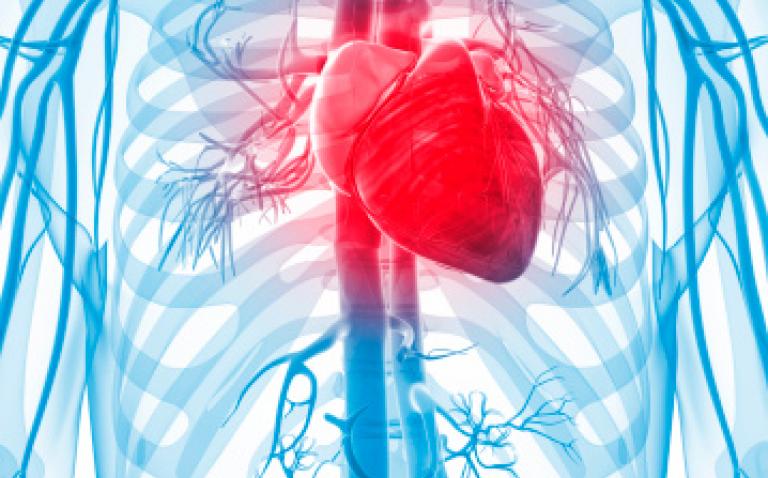Novartis is delighted to announce that the Medicines and Healthcare products Regulatory Agency (MHRA) has granted a Promising Innovative Medicine (PIM) designation for its investigational medicine for patients with heart failure (HF) with reduced ejection fraction, LCZ696 (sacubitril/valsartan).
The PIM designation is the first step towards inclusion in the EAMS, a UK scheme run by the MHRA, that aims to give patients with life-threatening conditions access to specified pre-licence medicines when there is a clear medical need. LCZ696 has been awarded the PIM designation based on the results of the PARADIGM-HF trial, which showed that LCZ696 significantly improved patient outcomes compared to the current gold standard treatment, including a reduction in cardiovascular deaths. Today, around 900,000 people in the UK live with HF and HF hospital admissions are projected to rise by 50% over the next 25 years. (1)
Hugh O’Dowd, General Manager at Novartis UK & Ireland, commented on the announcement: “Despite widespread use of available treatments and implementation of NICE heart failure guidelines, outcomes remain poor for those diagnosed, with around 60% dying from heart failure within five years.2 It is therefore very encouraging that LCZ696 has been recognised as a scientific innovation that can improve the lives of people living with this debilitating condition.”
The EAMS, part of the Government’s Strategy for UK Life Sciences, aims to ensure the UK is a world leader in life sciences and improve the wider environment for health life sciences companies. The Government believes that a successful and competitive UK life sciences sector can improve the lives of UK patients, increase efficiency in the NHS and benefit the UK economy.
References:
- NICE. Clinical Guideline. Chronic heart failure. Available online at http://guidance.nice.org.uk/CG108 Accessed April 2015.
- Sutherland K. Bridging the quality gap: heart failure. 2010. Available from: http://www.health.org.uk/public/cms/75/76/313/583/Bridging%20the%20quali…. Accessed April 2015.
- Fauci A, Longo D. Disorders of the Heart. Harrison’s ‘Principles of Internal Medicine 17th edition 2008;4:1442–55.
- Zannad F et al. Heart failure burden and therapy, Europace 2009;11; 1–9.
- Neumann et al. Heart failure: the commonest reason for hospitalization in Germany—medical and economic perspectives. Dtsch Arztebl Int 2009;106:269–75.
- Berry et al. Economics of chronic heart failure. Eur J Heart Fail. 2001;3:283–91.
- Stewart et al. The current cost of heart failure to the National Health Service in the UK. Eur J Heart Fail 2002;4:361371.
- McMurray JJ et al. Dual Angiotensin Receptor and Neprilysin Inhibition as an alternative to angiotensin-converting enzyme inhibition in patients with chronic systolic heart failure: rationale for and design of the Prospective comparison of ARNI with ACEI to Determine Impact on Global Mortality and morbidity in Heart Failure trial (PARADIGM-HF). Eur J Heart Fail 2013;15:1062–73.
- Langenickel TH and Dole WP. Angiotensin receptor-neprilysin inhibition with LCZ696: a novel approach for the treatment of heart failure. Drug Discovery Today: Therapeutic Strategies. 2012;9(4):e131–e139. doi: 10.1016/j.ddstr.2013.11.002.
- McMurray JJV et al. Angiotensin-Neprilysin Inhibition versus enalapril in heart failure. N Engl J Med 2014; doi: 10.1056/NEJMoa1409077.
- McMurray JJ et al. Baseline characteristics and treatment of patients in Prospective comparison of ARNI with ACEI to Determine Impact on Global Mortality and morbidity in Heart Failure trial (PARADIGM-HF). Eur J Heart Fail 2014;16:817–25.










